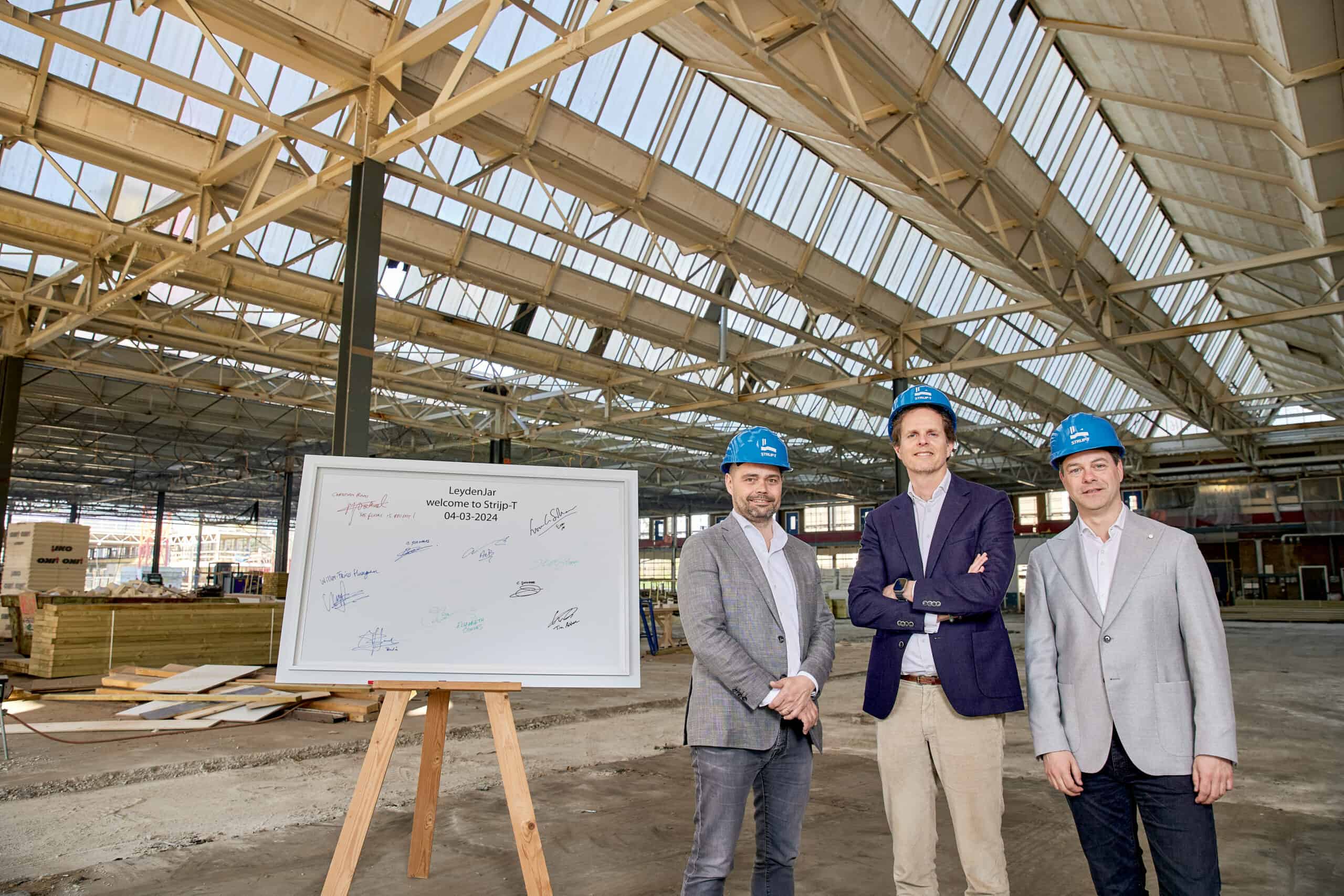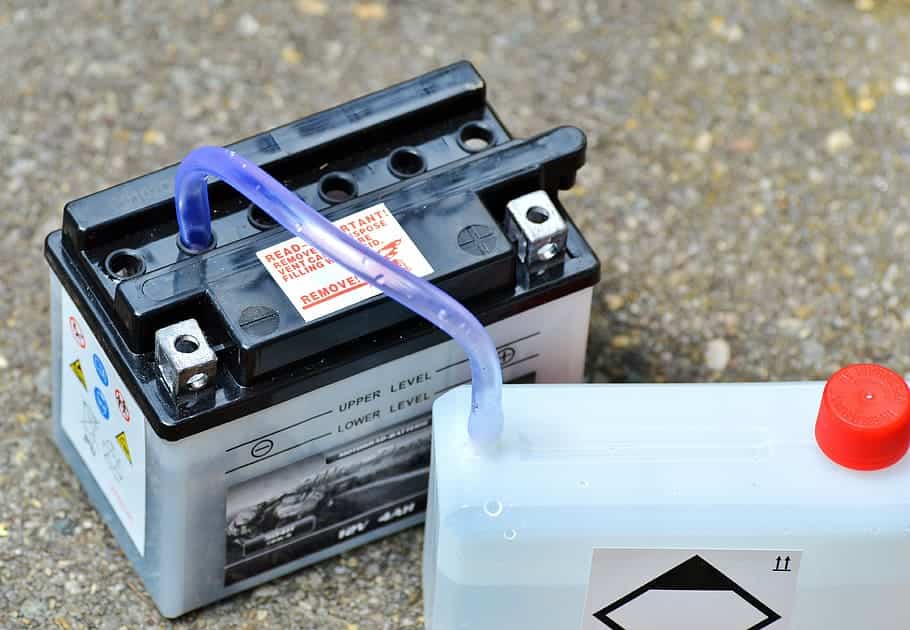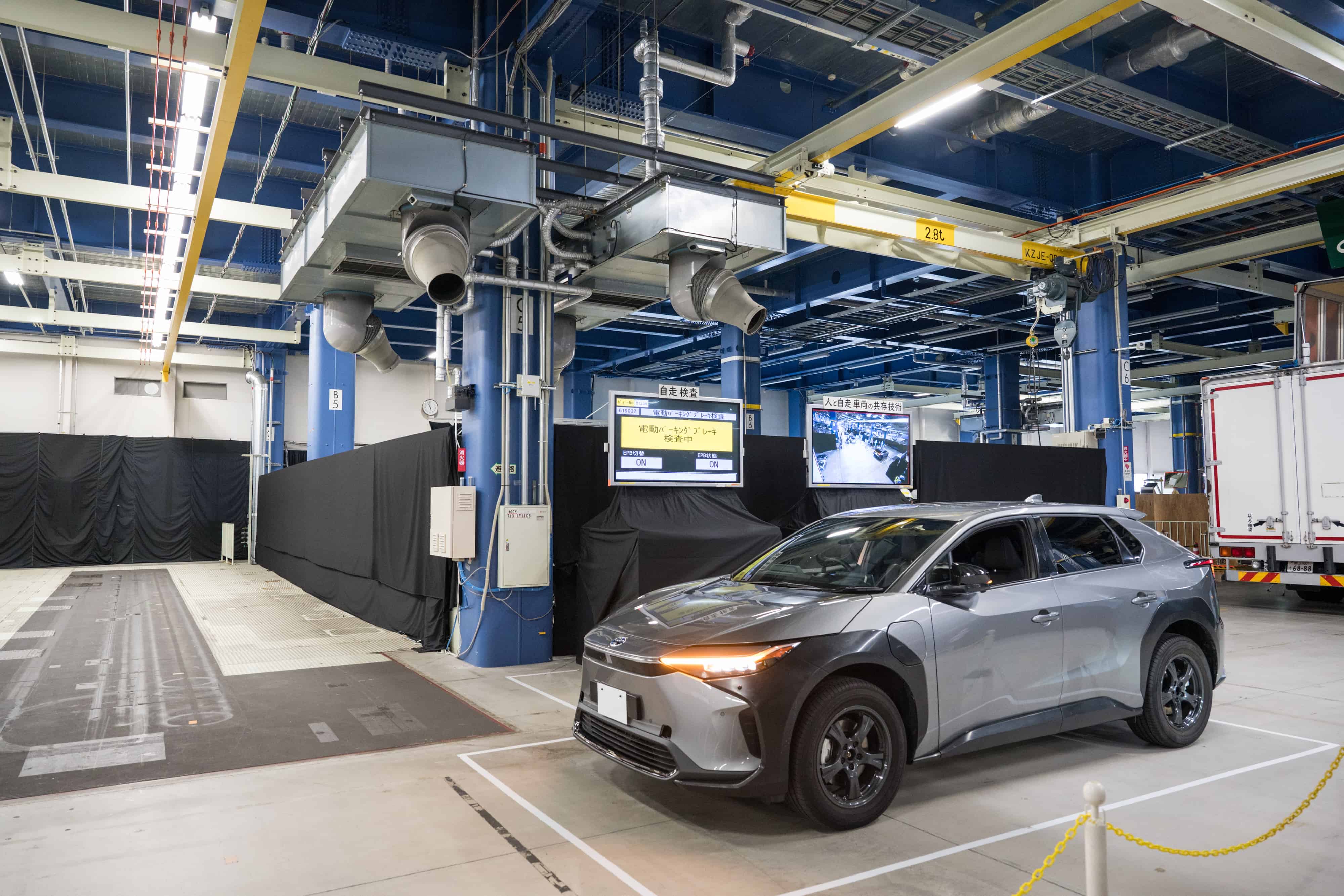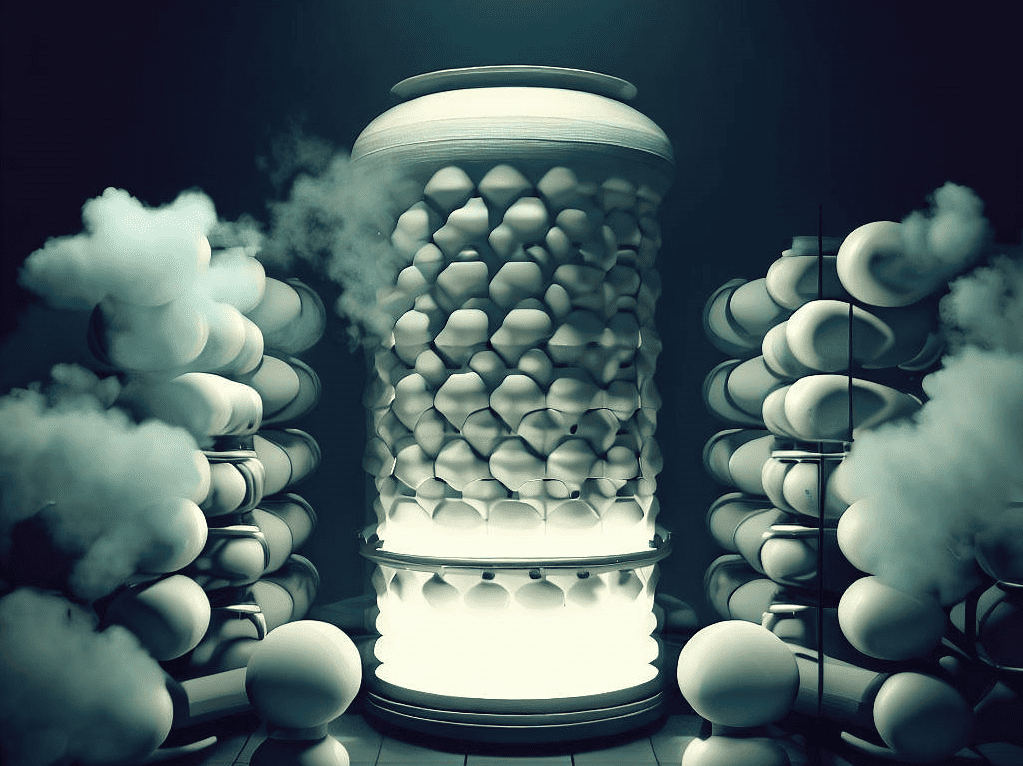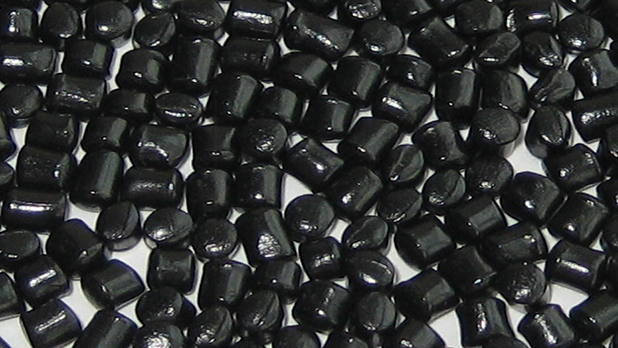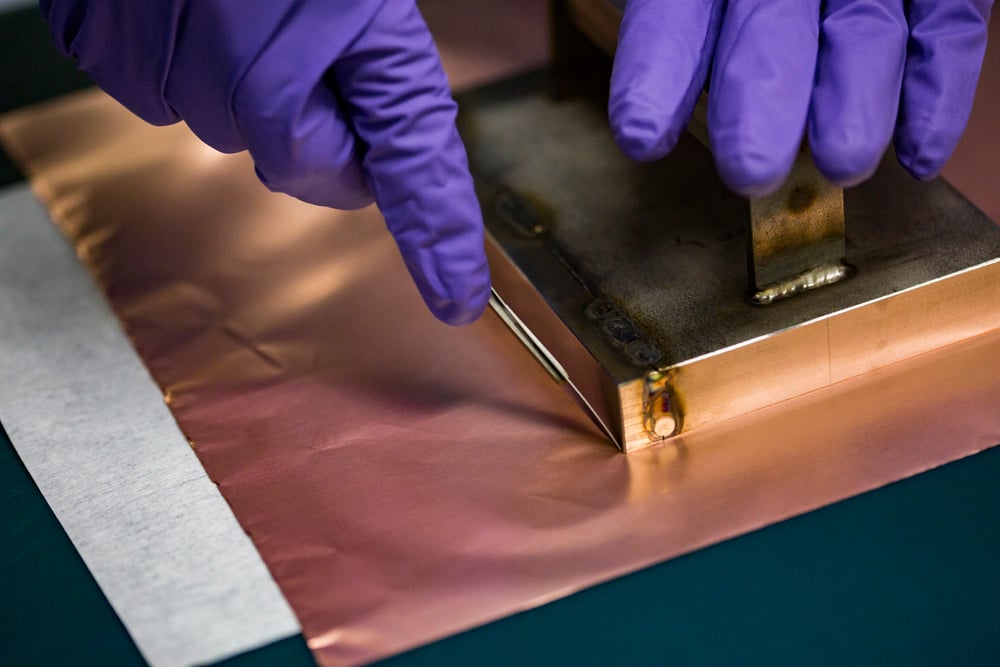
Who isn’t familiar with this frustrating issue? – A smartphone battery always happens to be empty the moment you need to make an urgent call. Even though you charge it every day. Or the battery of an electric car lasts only half as long as the tank of a petrol-driven car. Yet batteries with a higher energy density would be able to push innovation further ahead in many areas. Not just for e-mobility on the roads, but also, electric flight, renewable energy storage, or consumer electronics.
LeydenJar Technologies, a Dutch spin-off of TNO, the Institute for Applied Research, has now developed a new anode that it says will ‘drastically change the battery industry.’
Pure silicon instead of carbon
Pure silicon is extracted from silicon dioxide (SiO2), one of the most common compounds on earth. It usually occurs as sand.
Up until now, anodes could only be fabricated using a small amount of silicon, as they were primarily based on carbon. Silicon, however, has ten times the capacity of carbon as an anode material. With the help of technology that’s based on the one used in the manufacture of solar cells (plasma-enhanced chemical vapor deposition, or PECVD), LeydenJar has managed for the first time to make anodes in lithium-ion batteries with pure silicon.
According to the Dutch team, this breakthrough offers two decisive advantages: batteries with a 70% higher energy density (1350 Wh/L) and 62% less CO2 emissions. Another important detail is that the new technology does not drive up production costs and it is a ‘plug-in’ solution for existing battery giga factories. These pure silicon anodes are produced in a single manufacturing step on a roll-to-roll PECVD machine at the High Tech Campus in Eindhoven.
70% more energy: 1350 Wh/L for over 100 charging cycles
The tested tubular cells are made of commercially available battery materials such as NMC 622 cathodes and silicon anodes. At the start of the battery life, the energy density was 1350 Wh/L, “whereby these cells have a lifecycle of more than 100 cycles at a rate of C/2,” the inventors point out. DNV GL has confirmed these results. Looking to the future, LeydenJars CTO, Yiseop Ahn, expects to be able to significantly improve life cycle performance.
“The value of battery capacity is enormous. Electric vehicles, smarter smartphones, electric flight … everything and everyone is waiting for better batteries,” says founder and CEO Christian Rood. “Our solution is smart and easy to integrate. Plus, there are no additional costs. We welcome everyone to use and experience first hand all the advantages of LeydenJar’s silicon anodes”.
The revolutionary anode is now ready for production and LeydenJar is already gearing up to substantially increase its production capacity over the coming years.




